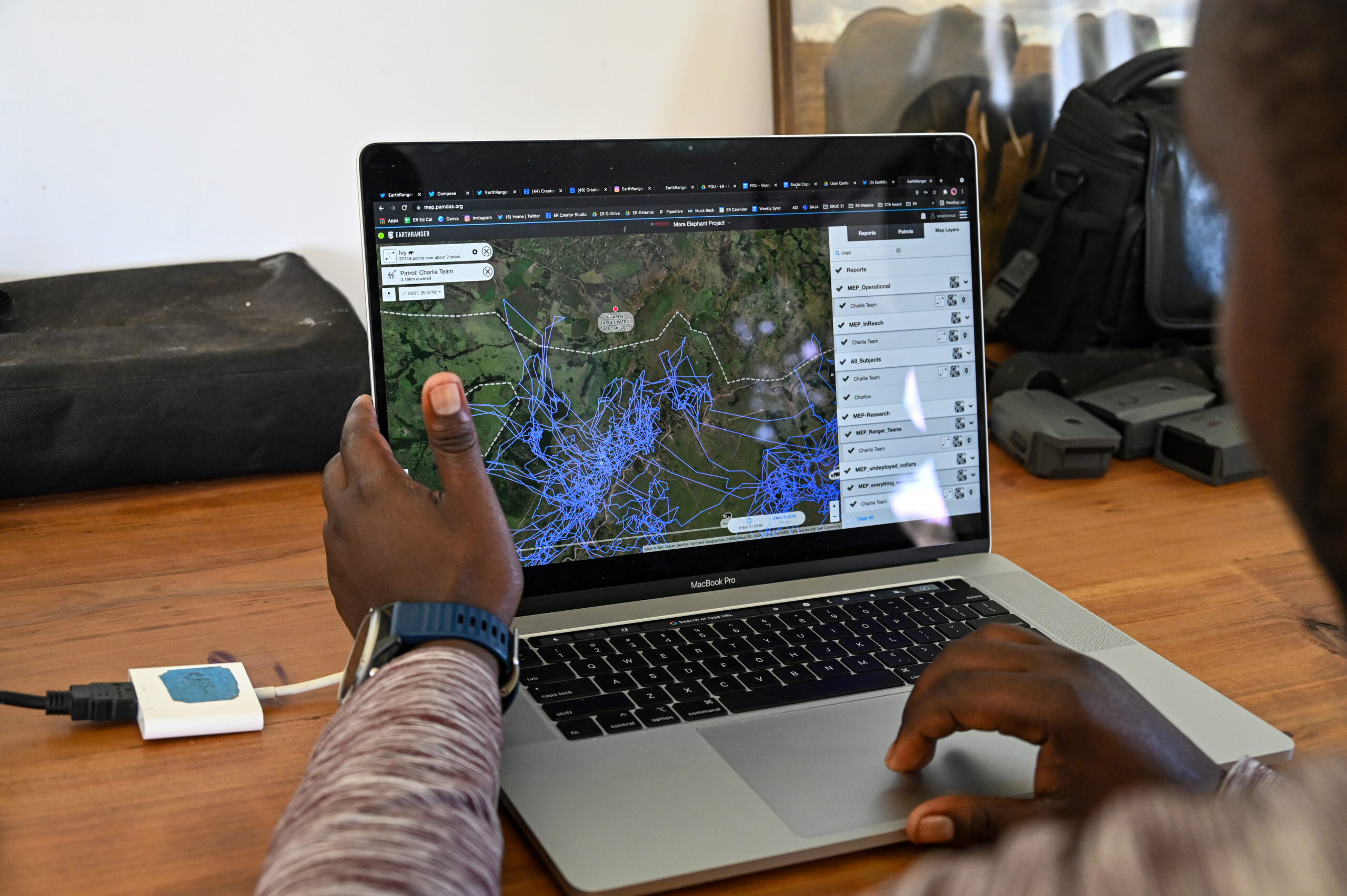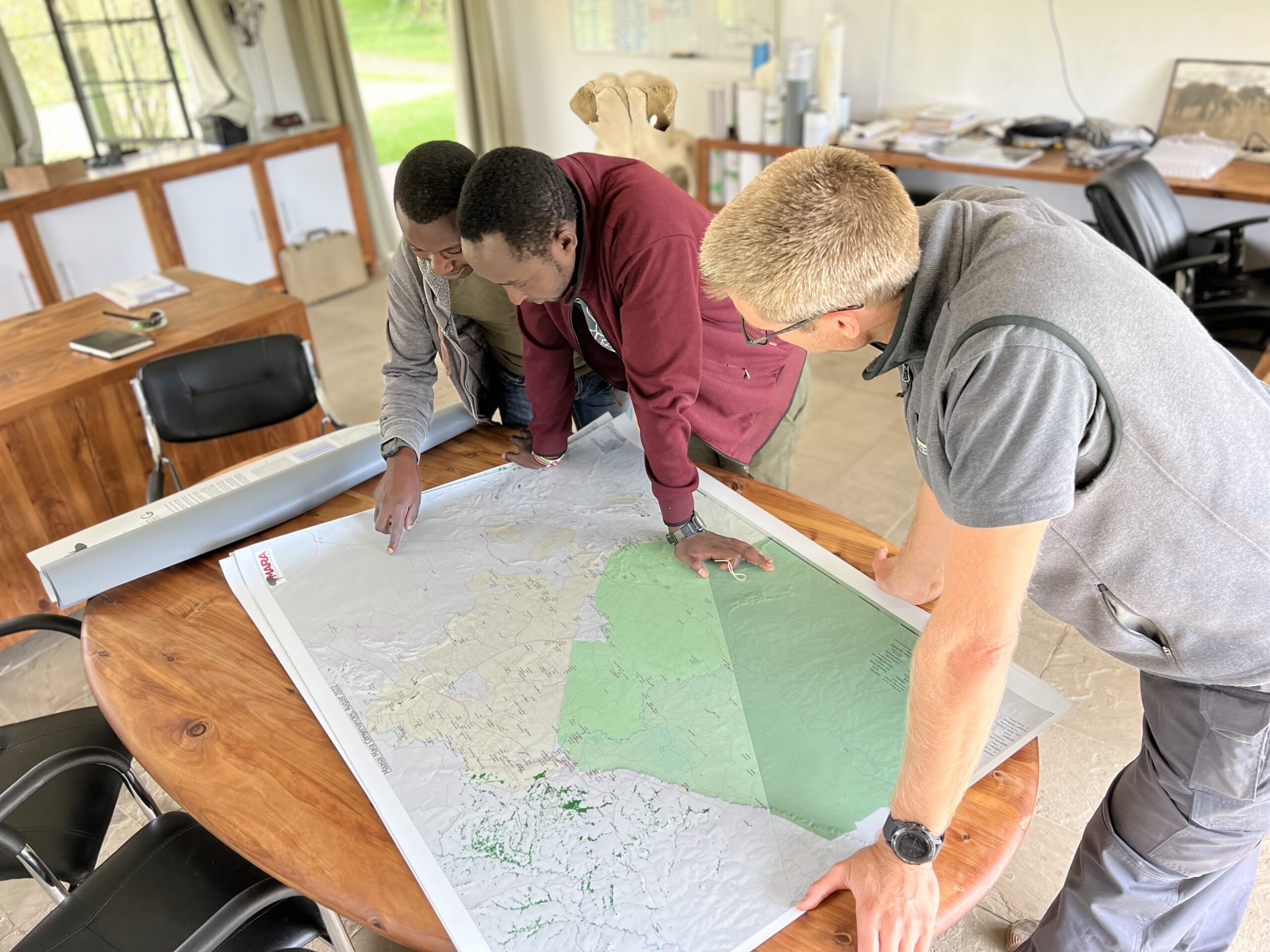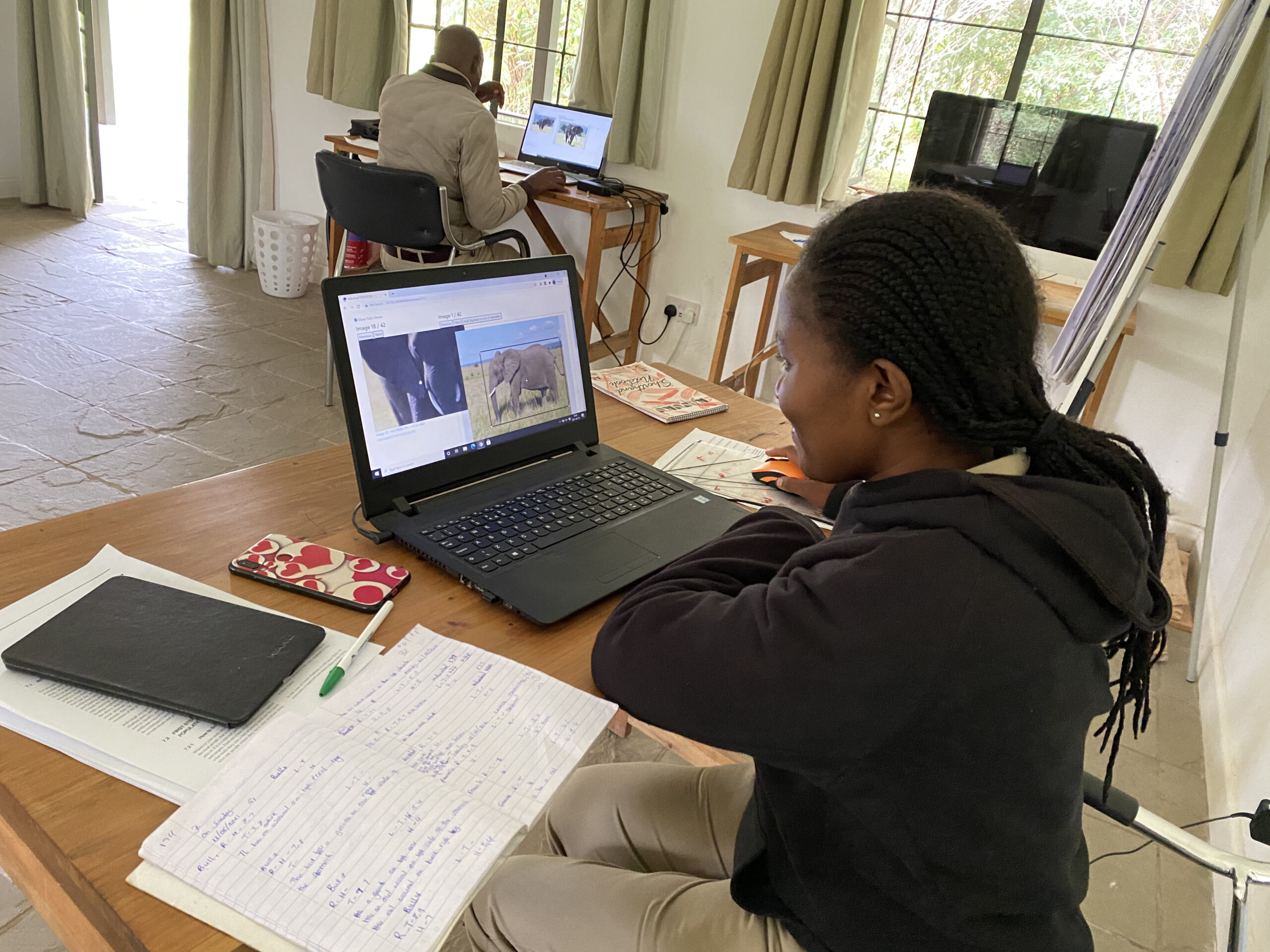 Advances in technology have changed the way the world approaches conservation. Not only is hardware such as collars and sensors advancing, but so too is software and analytics to make sense of complex conservation data streams. Mara Elephant Project is using conservation technology to build a greater understanding of one of Earth’s most important species. The challenge in collecting and storing swaths of ecosystem data is how to turn it into actionable information to help protect elephants and their habitats across the Greater Mara Ecosystem.
Advances in technology have changed the way the world approaches conservation. Not only is hardware such as collars and sensors advancing, but so too is software and analytics to make sense of complex conservation data streams. Mara Elephant Project is using conservation technology to build a greater understanding of one of Earth’s most important species. The challenge in collecting and storing swaths of ecosystem data is how to turn it into actionable information to help protect elephants and their habitats across the Greater Mara Ecosystem.
MEP’s Research Department under the direction of Dr. Jake Wall utilizes EarthRanger, a software platform that collects, integrates and displays conservation related data and provides a single unified view of MEP assets including collared elephants, rangers and their activities, field events and more. EarthRanger makes it even easier to collect, store, visualize and access conservation data.
In order to quickly generate analytical outputs from these data feeds Dr. Wall and his team of researchers have created Ecoscope, an open-source analysis module for tracking, environmental and conservation data analyses. Ecoscope contains many of the tools needed to get from data collection to a finished report in an easy streamlined workflow.
“We can cut the time out of generating key conservation outputs through automation using Ecoscope and visualize those outputs in a user-friendly dashboard. This saves us both time and resources and makes our data far more accessible.”
Director of Research and Conservation Dr. Jake Wall
Ecoscope has a long list of functionalities, but a good example of how MEP will use it is with our Individual Collared Elephant Report, which is produced yearly. The report includes three pages on each collared elephant detailing many of its important movement and home-range characteristics. The entire report used to take months to generate and now that it is automated using Ecoscope it took only 2.5 hours to generate.
Previously this level of analysis, and the number of outputs generated, took us a month to perform and was implemented manually requiring a corresponding number of hours. This example report is one of dozens currently possible with Ecoscope tools.
Dr. Jake Wall
MEP’s Research Department put considerable resources and effort into developing Ecoscope and we’re sharing it as open-source software in order to advance the conservation of endangered species and their habitats. We plan to continue its development and maintenance and include guidelines for implementing Ecoscope that can be applied by other conservation organizations.
“Tools are useful only if you know how to use them. So we are also developing a tutorial as a set of Google Colaboratory notebooks so that anyone with a Gmail account and a web browser can use Ecoscope on their own data.”
Dr. Jake Wall
A key objective for MEP is to focus on collaboration inside and outside of the world of conservation. It took many talented people to make Ecoscope possible including Peter Kulits, Catherine Villeneuve, Jes Lefcourt and George Wittemyer, and organizations to collaborate on this project, Allen Institute for Artificial Intelligence (AI2), Google Earth Outreach, Save the Elephants, and Elephants Alive.
Cross-disciplinary collaboration on projects like Ecoscope are a critical component of advancing conservation research. Advances in technology are opening up exciting opportunities in conservation and collecting and analyzing big ecological data is necessary to take advantage of these; however, it cannot be done without collaboration and relaying on a new generation of thinkers from around the globe. You can join us to support the ongoing maintenance of Ecoscope and more exciting elephant research.






